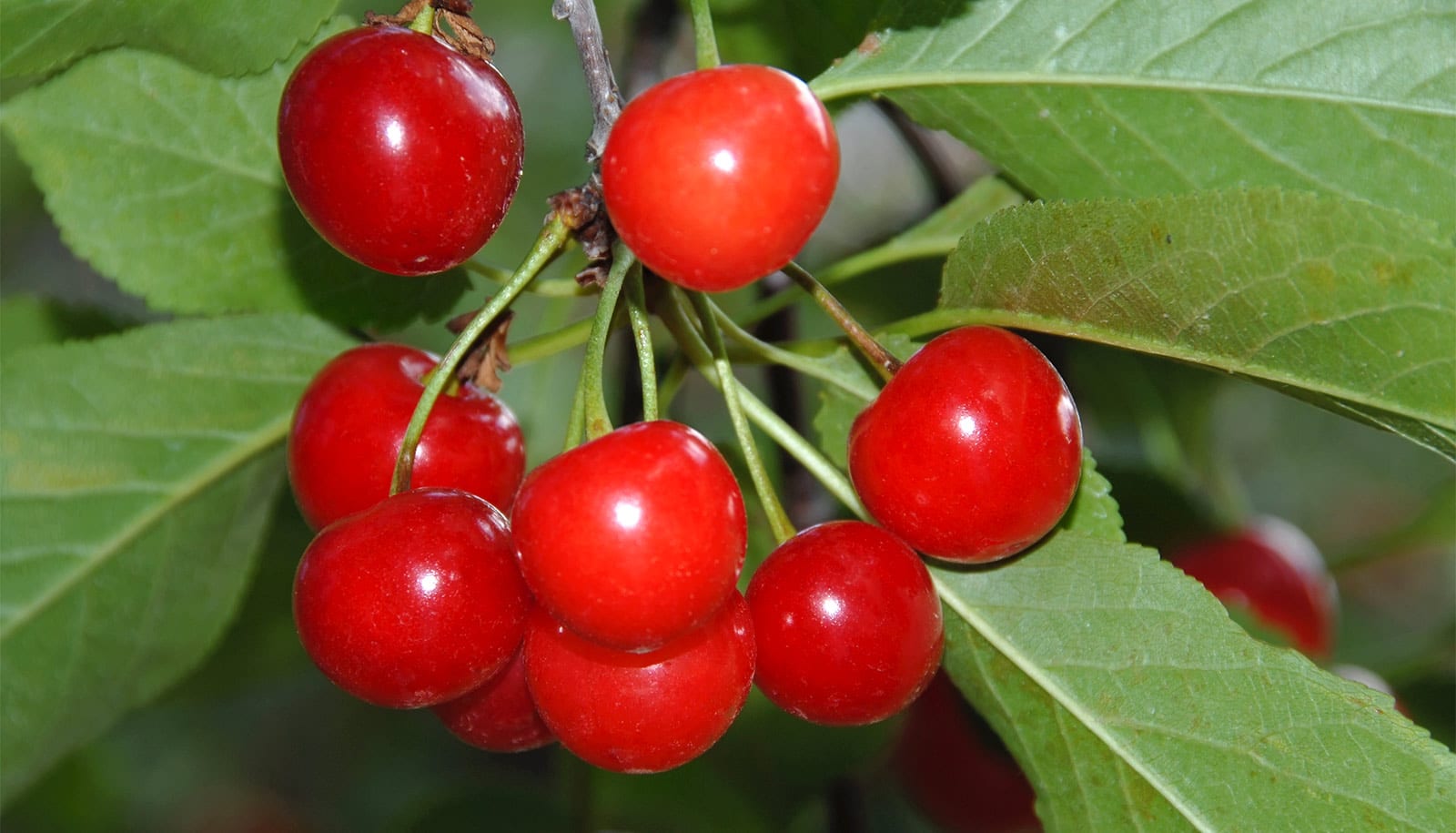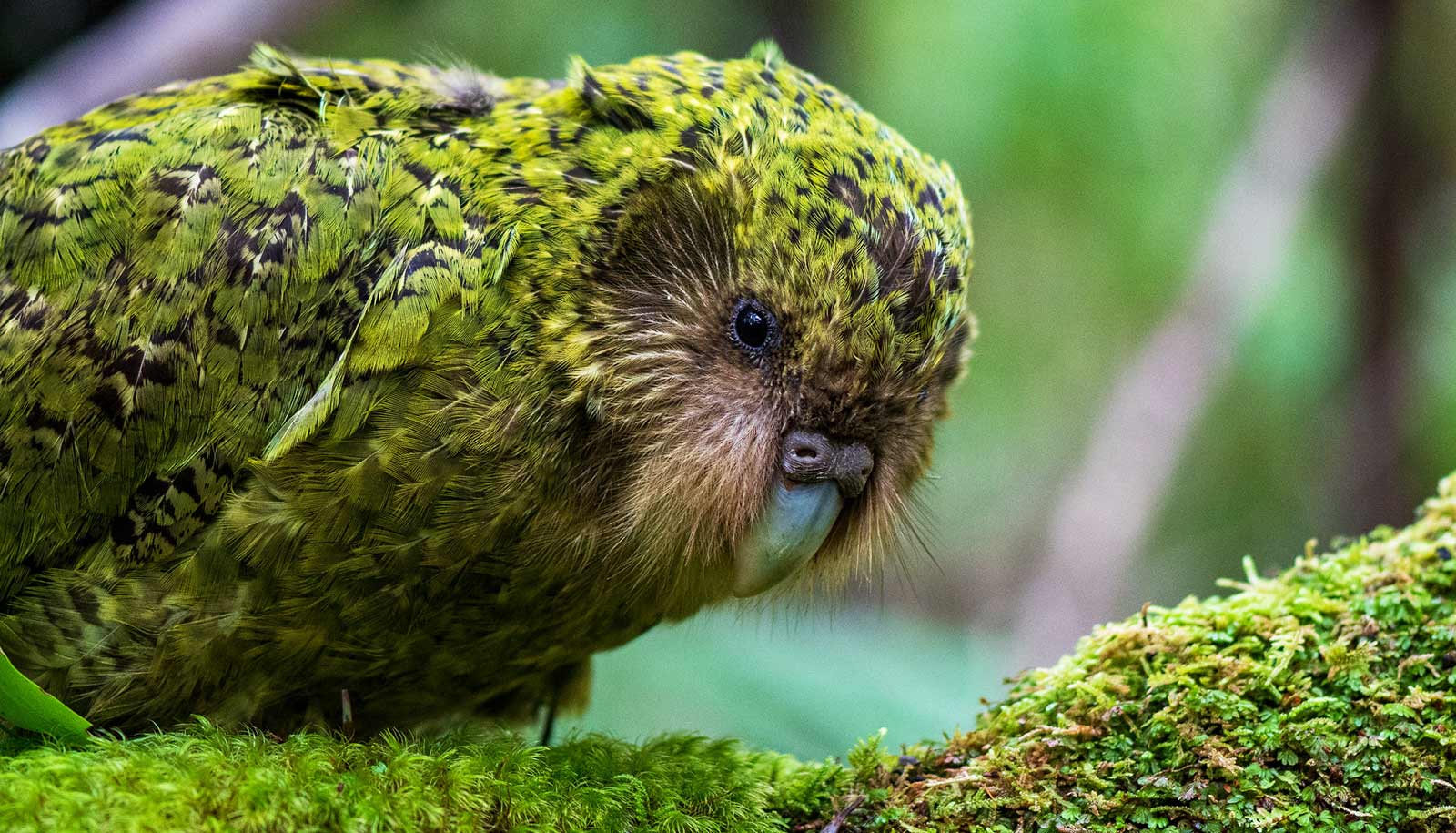Researchers have sequenced the genome of the Montmorency tart cherry for the first time.
The scientists were searching for the genes associated with the tart cherry trees that bloom later in the season to meet the needs of a changing climate.
They started by comparing DNA sequences from late-blooming tart cherry trees to the sequenced genome of a related species, the peach. However, in a surprise, the genetic discrepancies between the species outweighed the similarities, leading the team to create the first annotated Montmorency tart cherry genome and identify the DNA segments that code for each gene.
“I naively thought that this would be an easy endeavor; we would simply sequence a few early and late-blooming cherry trees and align the sequences to the peach genome and get an answer in just a few weeks,” says Courtney Hollender, an assistant professor in the College of Agriculture and Natural Resources at Michigan State University. “I couldn’t have been more wrong.”
Genomes contain all the genes and genetic instructions for an organism’s development. Sequencing it provides a map for researchers when they are trying to, for example, grow a cherry tree that will bloom later in the season.
For Charity Goeckeritz, Hollender’s doctoral candidate, an exercise in frustration piqued her curiosity.
“I was trying to align the tart cherry DNA sequences with the peach genome and they just weren’t aligning very well,” says Goeckeritz. “I was complaining about it to everyone and, finally, one of my friends suggested we just sequence the tart cherry genome.”
Doing so showed the Montmorency tart cherry genome was more intricate than the researchers originally thought.
The complexities come from the tart cherry’s parental plant chromosomes. Tart cherries are allotetraploids meaning instead of having two sets of chromosomes like humans, they have four sets from at least two different species.
“Not only does tart cherry have four copies of every chromosome, but it also is the product of a natural cross between two different species,” says Goeckeritz. “The ground cherry, Prunus fruticosa, and the sweet cherry, Prunus avium, that may have happened almost two million years ago.”
While Goeckeritz is using the genome to study bloom time, doctoral student Kathleen Rhoades, who conducted the RNA sequencing or gene expression analysis for the project, is working to identify genes that are associated with specific fruit traits, such as color and firmness.
Having the Montmorency tart cherry genome sequence opens the possibilities for a tremendous amount of future research that will ultimately benefit the industry and the consumer by growing more trees that can withstand varying spring weather and produce more cherries.
“Before this genome, there were some sequences for tart cherries but it wasn’t a complete picture, and I just wanted to have the genome for research and breeding purposes,” says Hollender.
“Now we have a complete picture, and this research will have a major impact on all future tart cherry research and breeding efforts worldwide.”
The study is published in the journal Horticulture Research.
Source: Michigan State University


